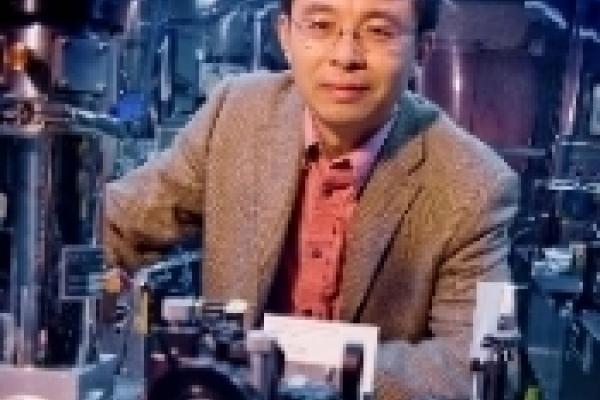
Lead halide perovskites have been demonstrated as high performance materials in solar cells and light-emitting devices. These materials are characterized by coherent band transport expected from crystalline semiconductors, but dielectric responses and phonon dynamics typical of liquids. This “crystal-liquid” duality implies that lead halide perovskites belong to phonon glass electron crystals. Here we show that the “crystal-liquid” duality and the resulting dielectric response are responsible for large polaron formation and screening of charge carriers, leading to defect tolerance, moderate charge carrier mobility, and radiative recombination properties (Science Adv. 2017, 3, e1701217). Large polaron formation, along with the phonon-glass character, may also explain the dramatic reduction in hot carrier cooling rates (Science, 2016, 353, 1409; J. Am. Chem. Soc. 2016, 2016, 138, 15717). I will also briefly discuss strong light-matter interaction in these materials (Nature Mater. 2015, 14, 636).
